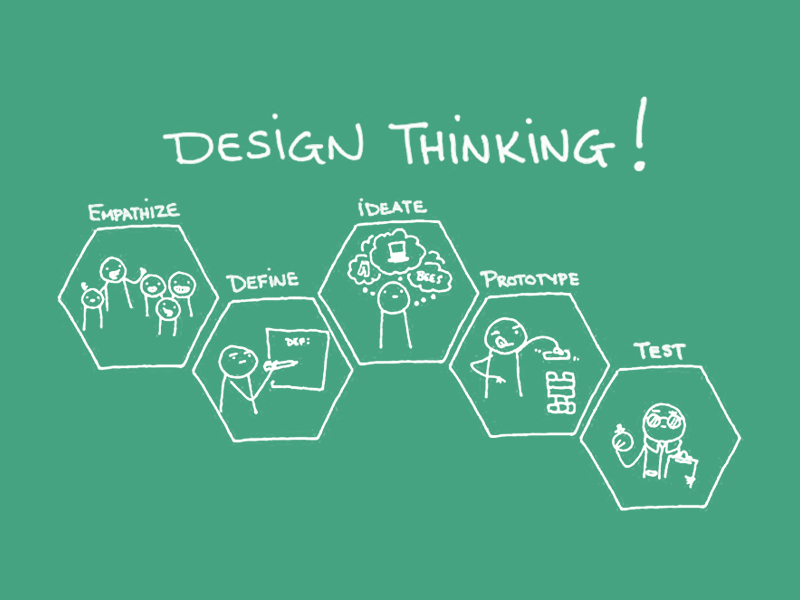learning design thinking
February 5, 2019

My take on design thinking is that it’s a practical skill. The more you use it, the more it develops. You cannot use up your creativity and thinking skill. It only grows with usage and time. Experience is the number one thing that works to shape your thoughts and the more diverse your experiences in life are, the wider grass your ideas cover.
Ofcourse there are online platforms and courses available that can serve really well to introduce you to the world of design thinking. But my advice is to not limit yourself to what they say.
- Go out of your comfort zone and explore for yourself. Sitting and watching video lectures is very different than actually making something or thinking of an original idea. Having tried both the approaches, I can definitely vouch for the latter.
- Observe things in nature, observe things around you. Do not limit yourself to your laptop screen. You have at least a hundred objects at your home which have undergone years of design and evolution. Try to understand why they have been designed as they are, what could have been the manufacturing process. Think of the function a product serves, and then forget the product, go to the very roots of the problem and try to think of a different approach to solve it. You might end up with a whole new product.
- Combine ideas. Take two or more related or unrelated products and dream up a single product that would serve both their functions. Be creative. For instance, a water bottle and an alarm clock. We all know that its super healthy to drink water right after you wake up in the morning but how many of us practice it? Can you create a solution for this? Can you sketch out a product that combines the act of waking up with that of starting a day afresh? This is real design thinking.
- Always keep a sketchbook handy wherever you go. Good ideas often strike at bad times. But if you have a piece of paper and pen around you, you can always store your thoughts for later.
- Use your hands. Don’t limit yourself to sketching things on paper or even making 3D models on the computer. There’s a lot of equipment around you if you think that way. Make stuff with it. If you have an idea for a tangible object, go make it tangible. Use paper, cardboard, duct tape, scissors, stapler, any other easy things to find at your home to make small prototypes and scale models. It’ll widen your perspective. You’ll find out a lot more about manufacturing methods from this than you will from the books. Plus it’s fun too.
- Be curious and question everything. Make ‘why?’ your most frequently asked question. Ask why for every little detail you notice in your life. Why do shoelaces have a little, hard cylinder at the tip? Does it have a name? (yes) Why do oranges usually have 10 slices? Why did humans divide a day into 24 hours and not 20 or 42?
- But what next after you’ve asked the questions and thought about them and couldn’t get the answer? There’s always Google!
- Ask ‘what’, ‘where’, ‘which’, and ‘how’ questions too. What is the approximate height from your floor to ceiling? What is the height of a dining table and is it different from study or computer tables? Okay I won’t spoon feed you. Basically, be creative and ask a lot of questions about everything. It’s the best way to expand your knowledge.
Having stated all these ideas for ‘practicing’ design thinking, I’d like to acknowledge a course by TU Delft for the theory part as well: Product Design: The Delft Design Approach
Though I said theory, this course also has a project based approach and might help you if you have 4 hours a week to dedicate.
